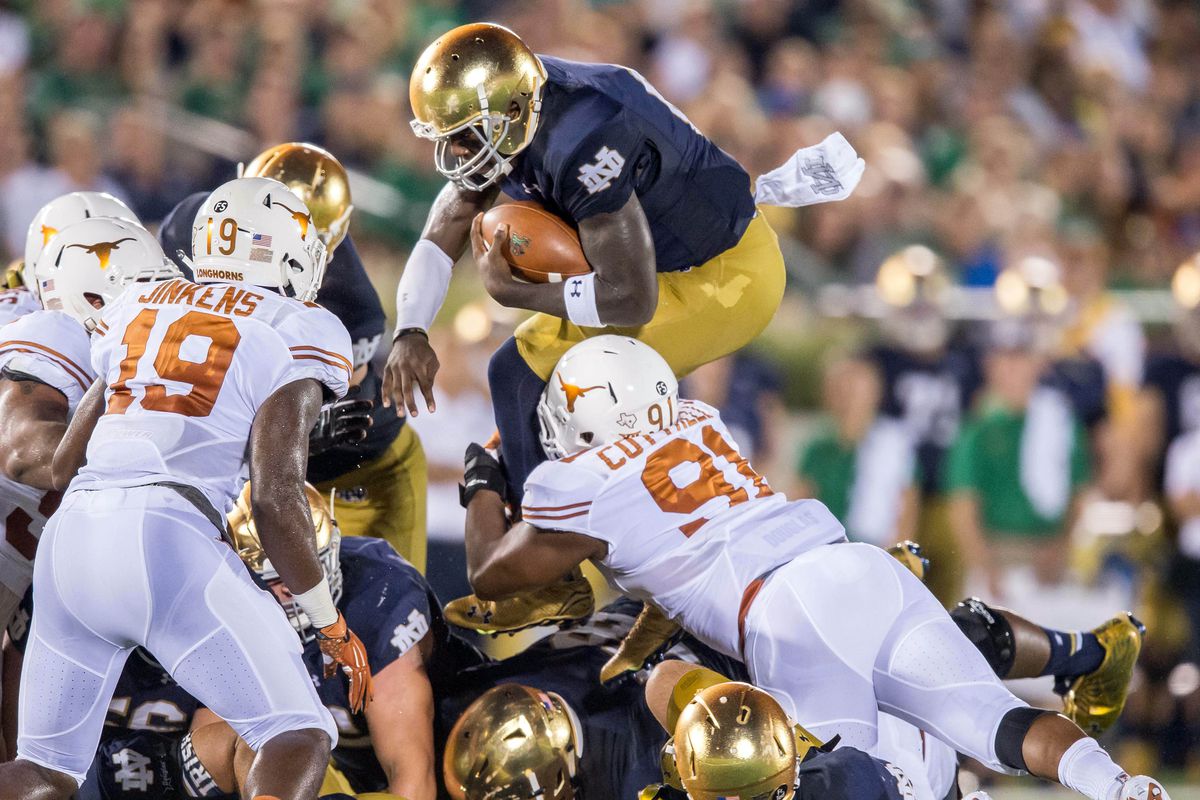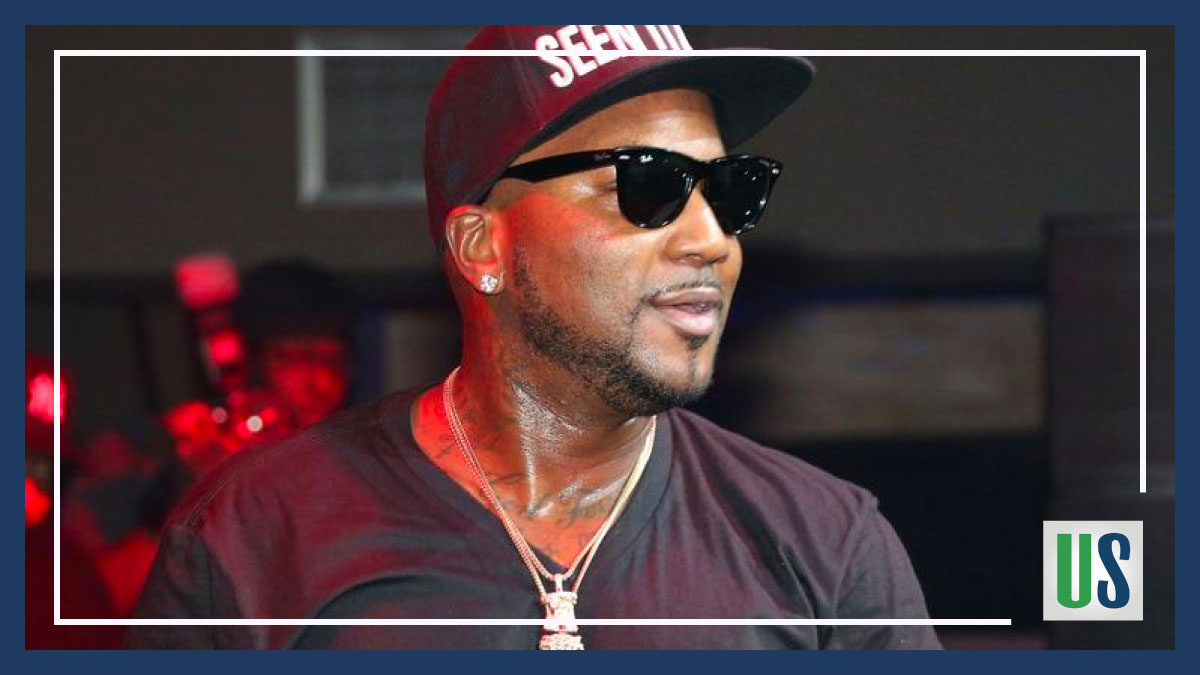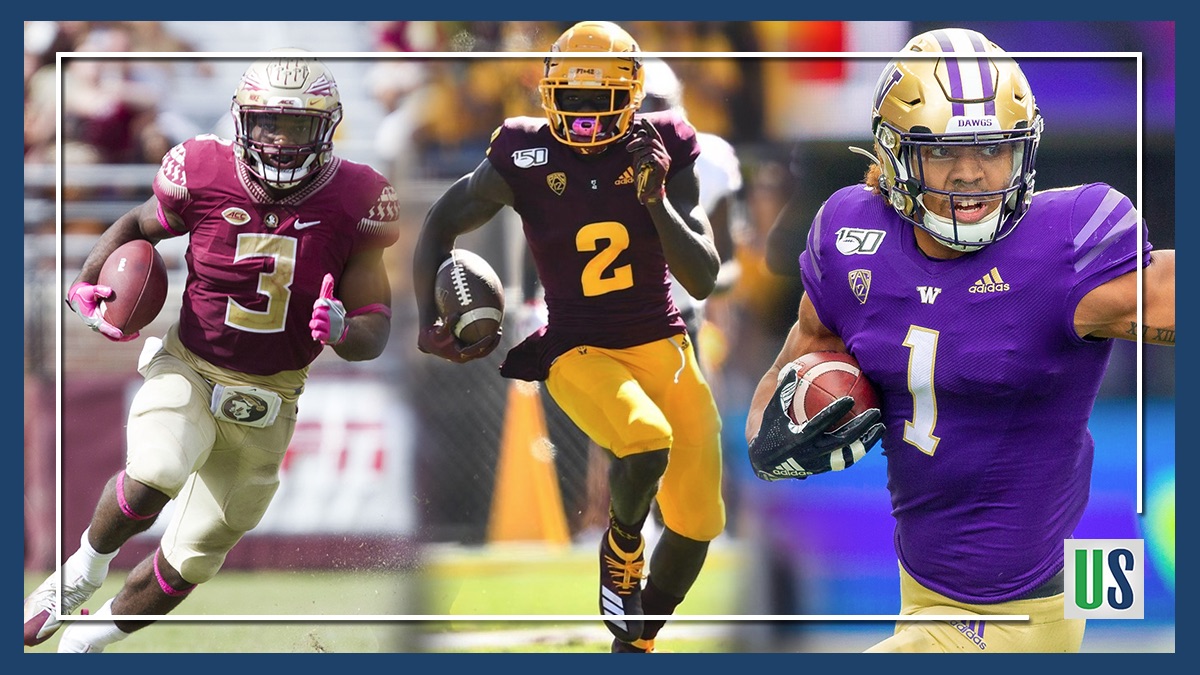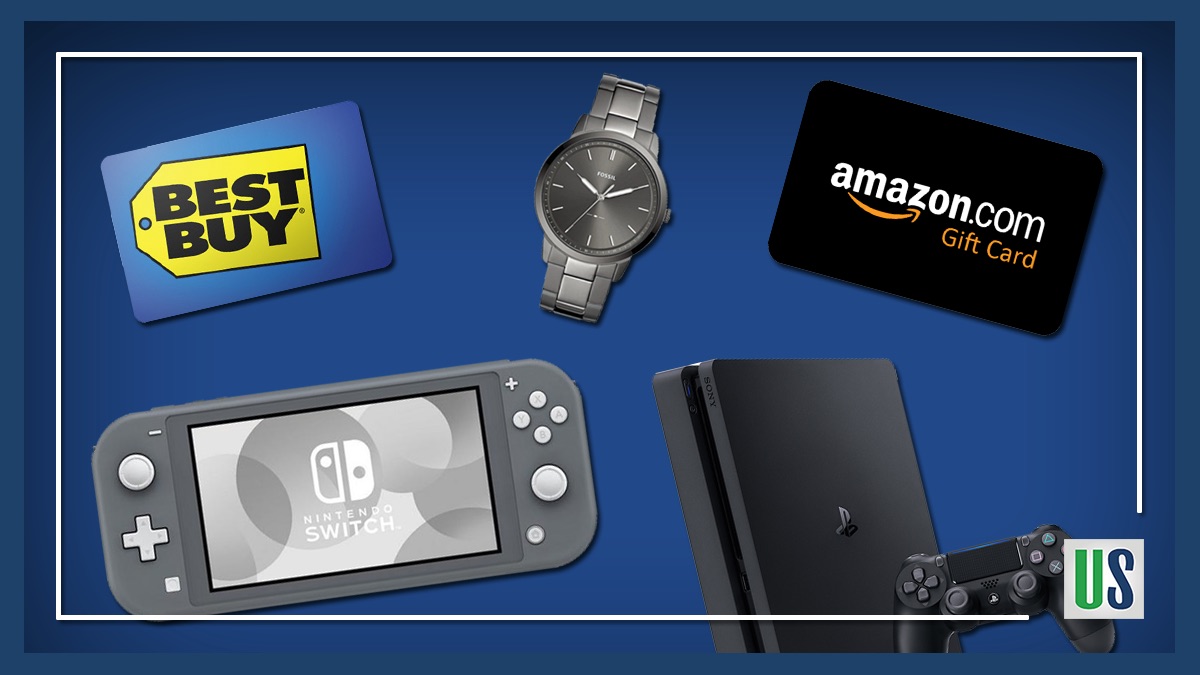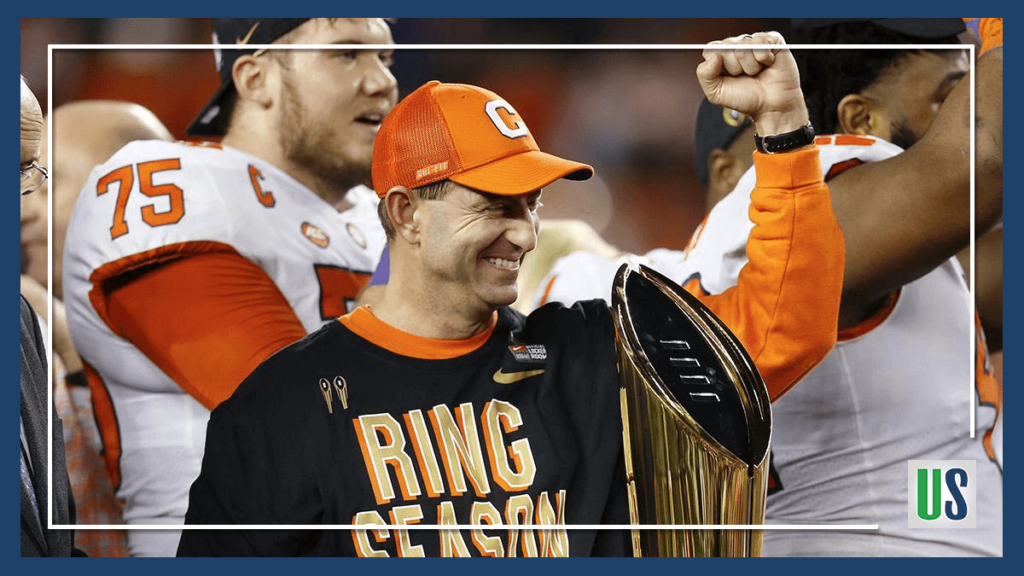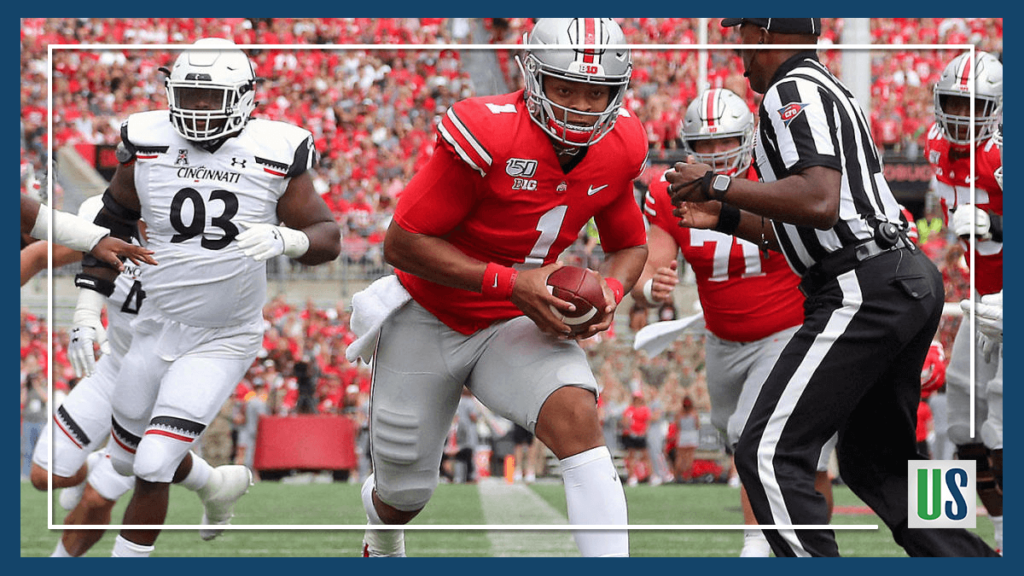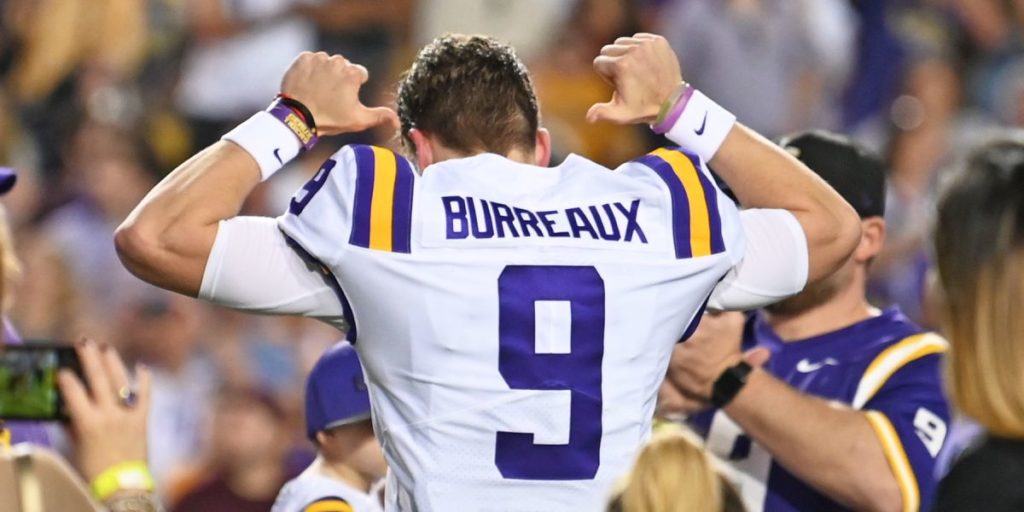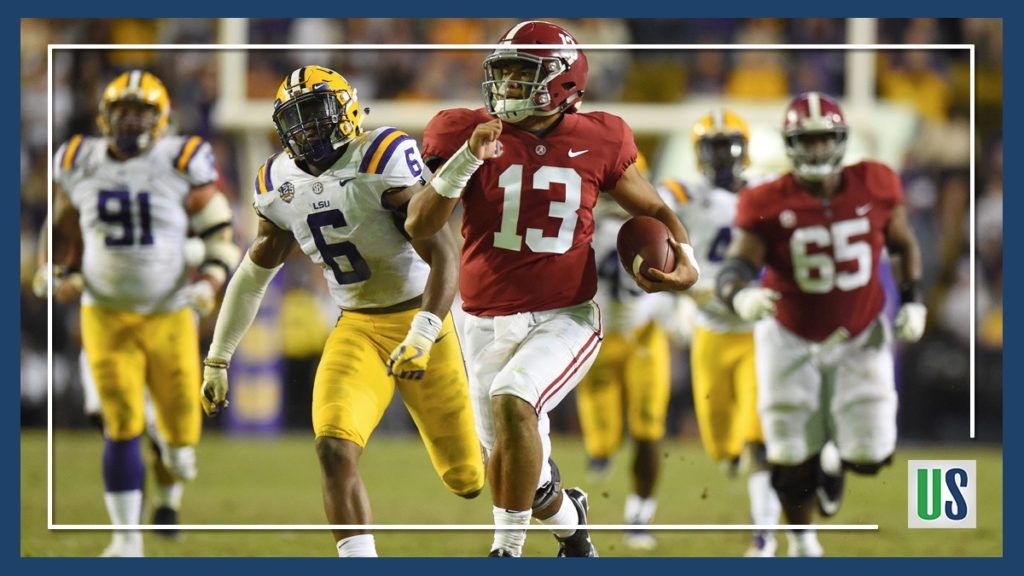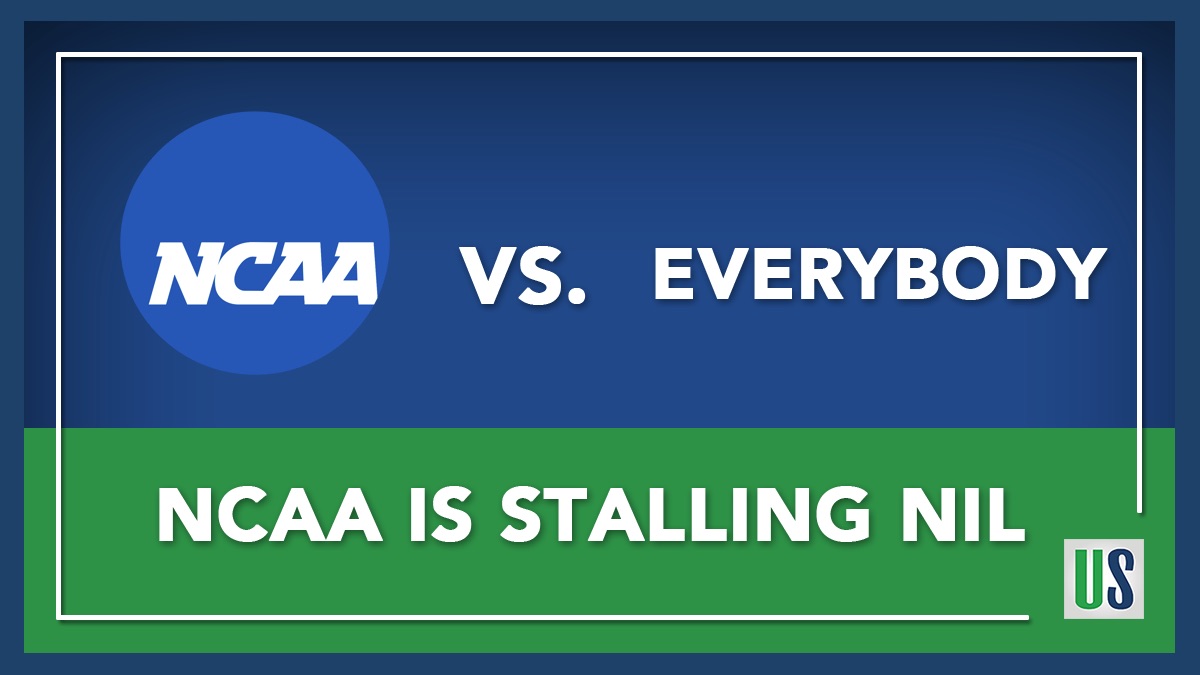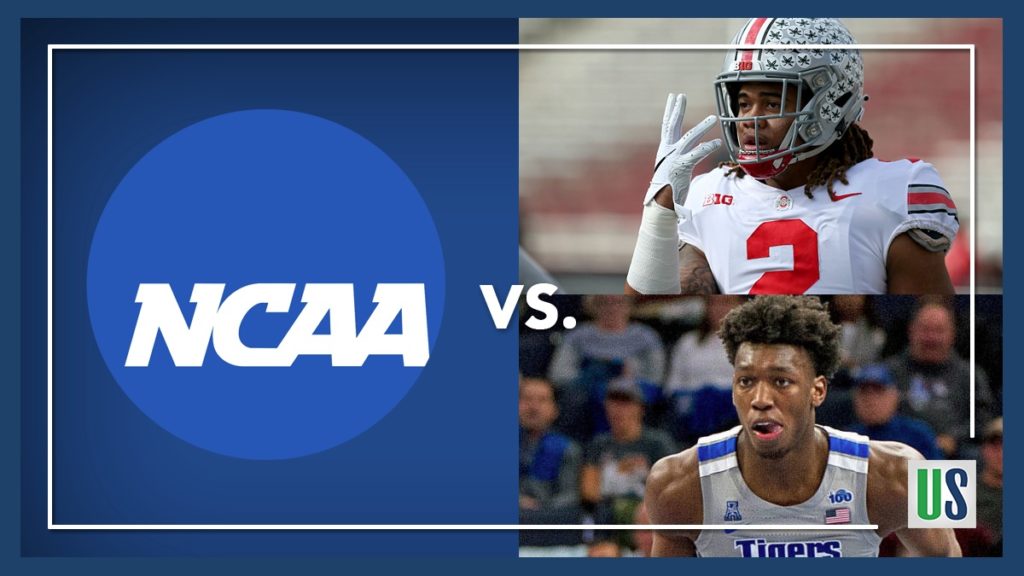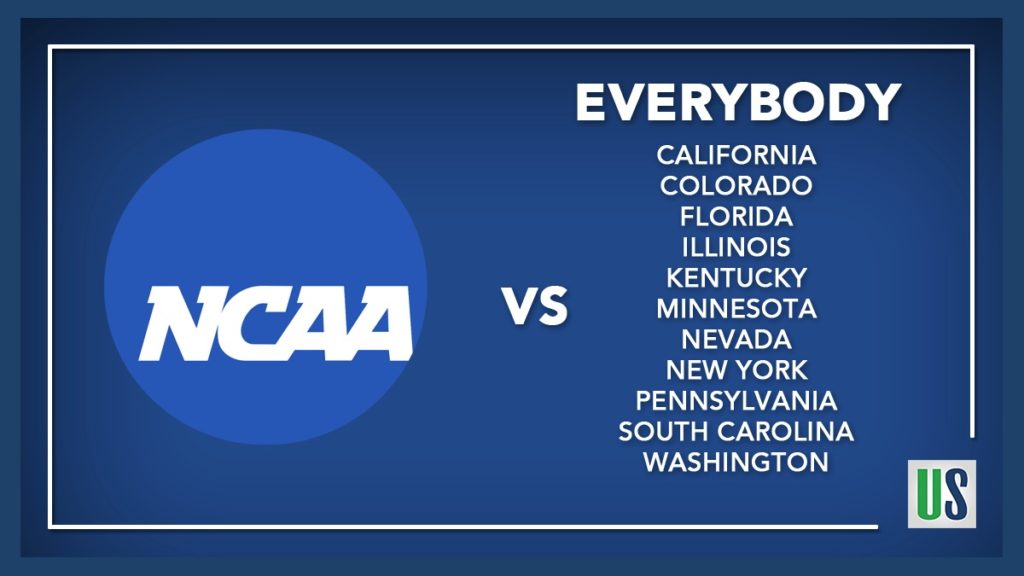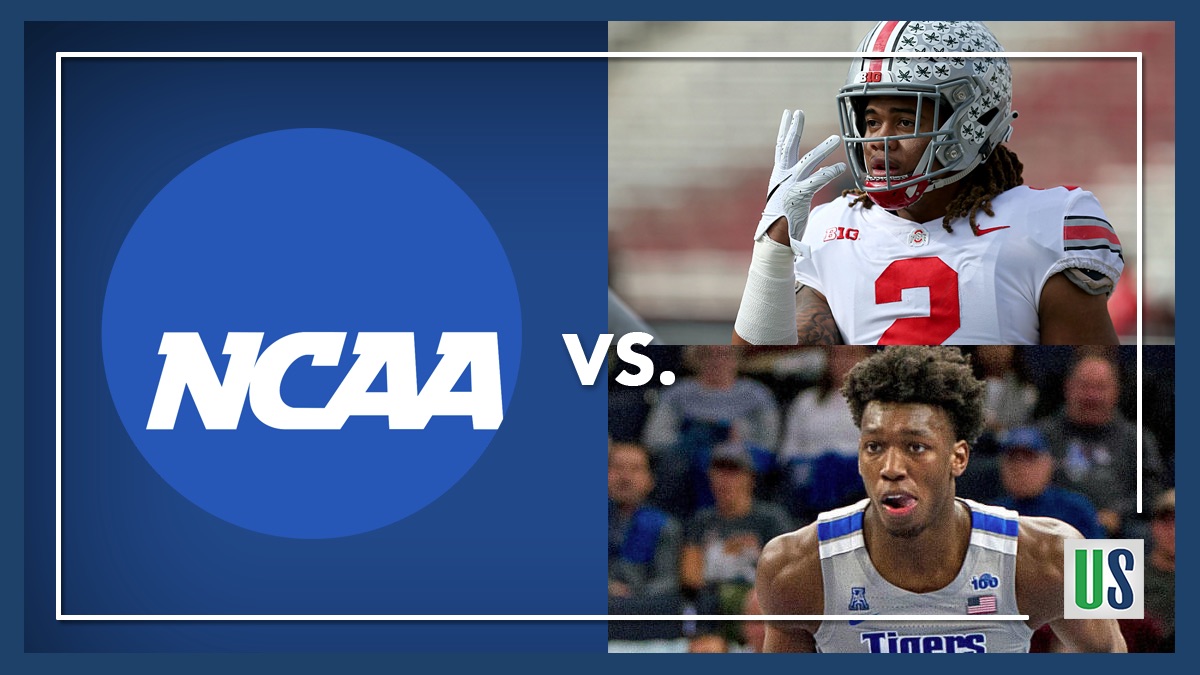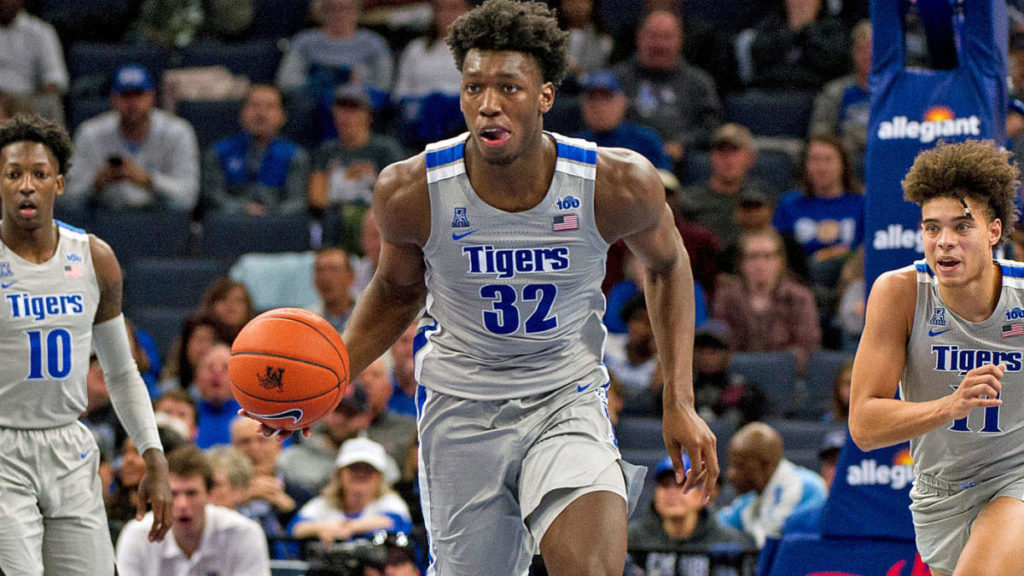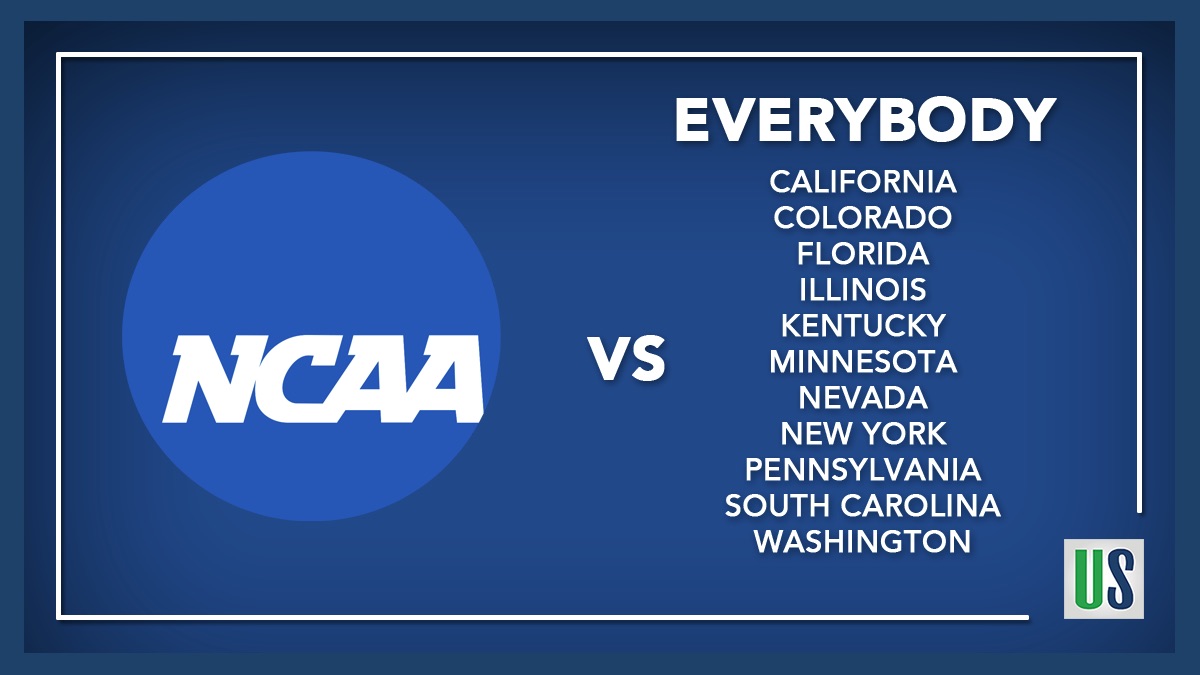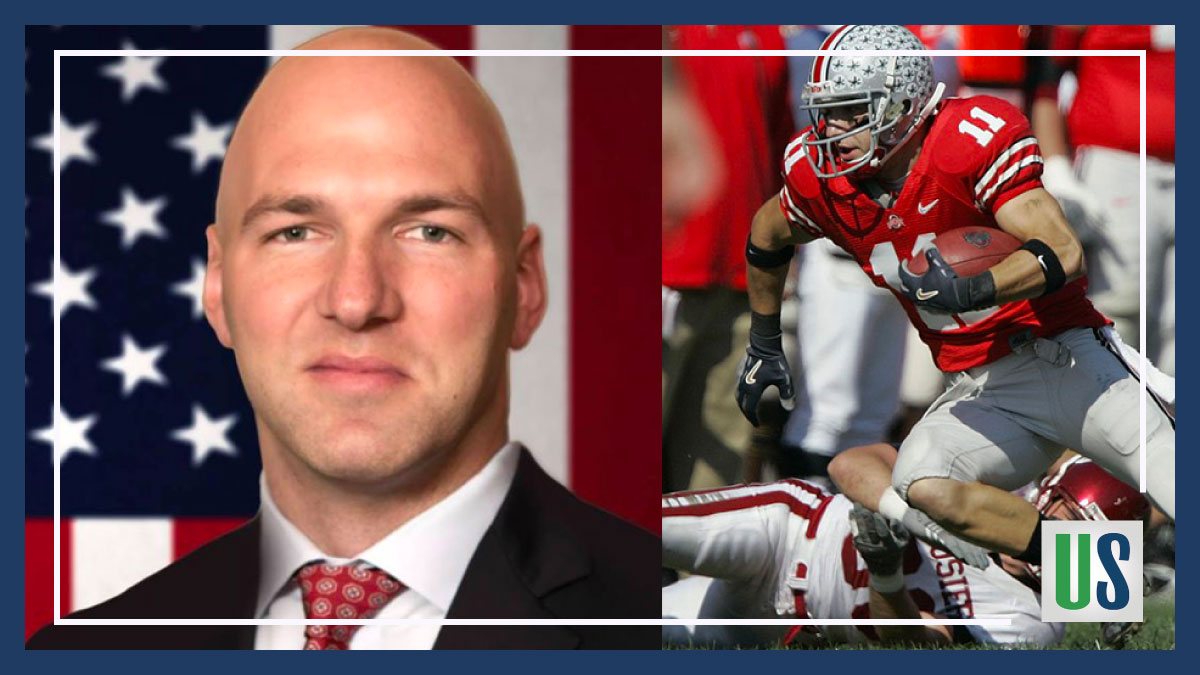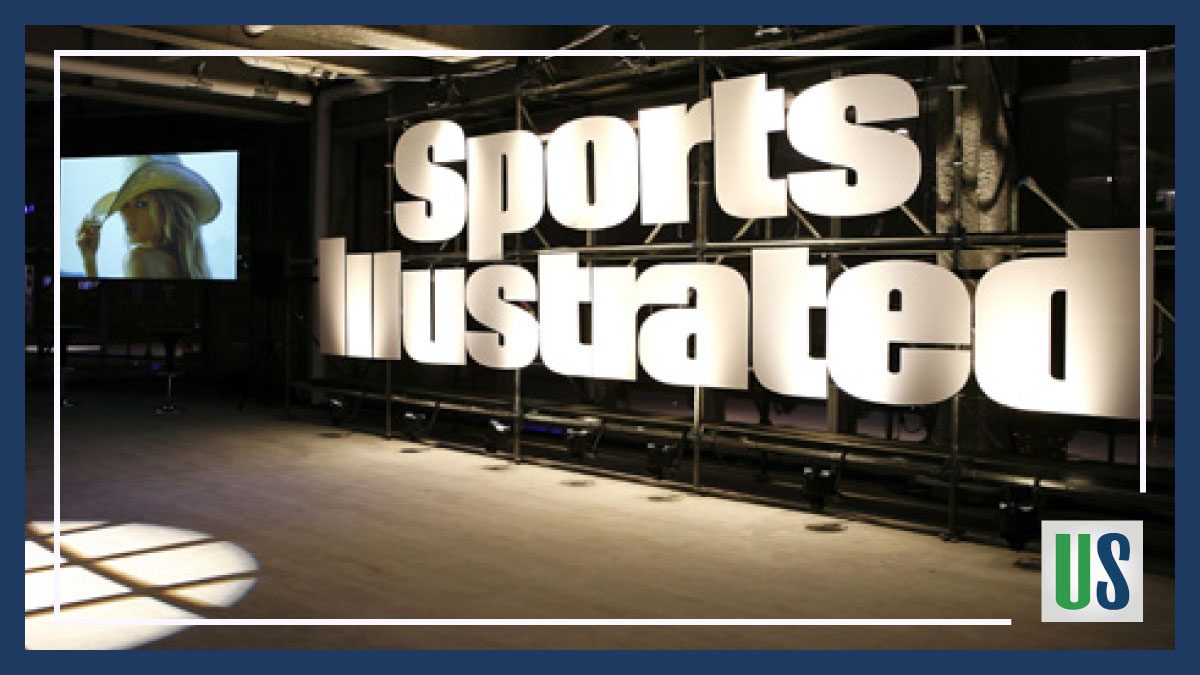College basketball is in full swing! The NCAA and college basketball fans are gearing up for the March Madness tournament. In the weeks to come, fans will fill out brackets predicting which teams they believe will make it to the Final Four. The NCAA again stands to generate a billion dollars from the tournament, which is the organization’s biggest moneymaker of the year. Fans will relish in the excitement of Cinderella teams and major upsets. The NCAA will undoubtedly be raking in the money. However, the NCAA will also be spending money as it continues its work behind the scenes to preserve the amateur collegiate model. The farce of amateurism is being challenged at every turn. The challenge currently gaining the most traction is those from several state legislatures with name, image, and likeness (NIL) compensation bills.
States with Proposed NIL Compensation Bills
Several state legislatures have proposed legislation seeking to give college athletes the ability to profit from their name, image, and likeness (NIL) and to sign with agents. Last year, the state of California signed the Fair Pay to Play Act into law. Since then, several other states followed suit proposing similar legislation. While the Fair Pay to Play Act will not take effect until 2023, two similar bills in Florida may become effective much sooner. Florida currently has two college athlete name, image, and likeness bills before its state legislature. One is before the house and the other one is before its senate. State lawmakers are not the only ones seeking to expand college athlete rights. The federal lawmakers are too.
Specifically, Congressman Mark Walker introduced the Student-Athlete Equity Act seeking to give college athletes NIL rights. Senator Chris Murphy released a series of reports detailing the myriad of reasons reform is necessary for college sports. All of these critiques of the current collegiate sports model have put the NCAA in the hot seat. The organization has been backed into a corner where it has no choice but the address the elephant in the room. In fact, the NCAA was forced to address that elephant at a Senate hearing last week.
Name, Image, and Likeness Informational Podcast
The NCAA is in NIL Compensation Crisis Mode
The college athlete NIL compensation issue has taken the NCAA by storm. The NCAA is in full crisis mode. They have realized that there is a strong possibility that several states could enact different laws to address NIL compensation. The NCAA does not want that to happen. As such, the NCAA has turned to the federal government for help. In fact, the organization has spent big money in an attempt to persuade federal lawmakers in their favor. The NCAA and two conferences spent at least $750,000 last year lobbying federal lawmakers to make reforms that favor the current collegiate model. The NCAA is sparing no expense to preserve amateurism.
Amateurism is the notion that college players simply play for the love game and are not paid. The NCAA purports that amateurism keeps collegiate sports distinct from professional sports. They further purport that if college athletes were paid, fans would lose interest. The NCAA maintains that its rules prohibiting payment help ensure that college athletes are not taken advantage of. As such, college athletes are not allowed to receive any type of payment outside of their cost-of-attendance scholarship or other NCAA approved benefits. However, many feel that the NCAA and the collegiate sports system as a whole are in fact taking advantage of the very athletes they claim to protect.
Why is College Athlete NIL Compensation on the Radar of so many Lawmakers?
College sports are a billion-dollar industry. Coaches, athletic directors, and conferences commissioners receive million-dollar salaries. Conferences receive billions of dollars from television broadcasting contracts. Top ranking NCAA officials receive million-dollar and upper six-figure salaries as well. Meanwhile, the athletes are limited to their scholarship. College athletes keep very strenuous and demanding schedules to perform their sport. Most spend at least 40 hours per week on athletically related activities. Despite their major time investment, they are not allowed to receive a bigger piece of the pie. A scholarship is valuable, however, the athletes deserve a bigger piece of the pie they generate for everyone else. It is for these reasons that lawmakers are working so hard to expand the rights of college athletes.
Last week, the Senate Commerce Subcommittee on Manufacturing, Trade and Consumer Protection held a hearing on the name, image, and likeness matter in Washington, D.C. NCAA president Mark Emmert attended the hearing where he was questioned on the NCAA’s handling of a number of issues. Most notably he was questioned and criticized the NCAA’s handling of James Wiseman’s case.
Wiseman was suspended for 11 games for money that his mother received from Penny Hardaway. Wiseman’s mother took the money for moving expenses while Wiseman was in high school. At the time, Wiseman knew nothing of the transaction between his mother and Hardaway. The NCAA also ordered Wiseman to pay the money back. Due to the NCAA’s decision, Wiseman decided to leave college and prepare for the 2020 NBA Draft on his own. The NCAA’s unfairly punished Wiseman for something he had nothing to do with.
The Senate Subcommittee Urged to NCAA to Swiftly Find a Solution
In light of the NCAA’s poor handling of Wiseman’s case and several others in the past, several Senators did not appear to be overly confident that the NCAA would not drag their feet on the NIL compensation issue. Emmert stated that he would work with the schools and relevant decision-makers to make a decision as soon as possible. However, Emmert also stated that the NCAA may need Congress’ assistance in developing a uniform manner to address the NIL compensation issue.
The NCAA desperately wants to avoid having several states with different NIL compensation laws. The Senators at the hearing urged the NCAA to quickly offer a solution to this issue. In April, the NCAA is expected to make another announcement about their plans for NIL compensation. Hopefully, it will be something meaningful for the athletes. Given the NCAA’s general reluctance to give athletes a bigger price of the pie, it seems doubtful.


